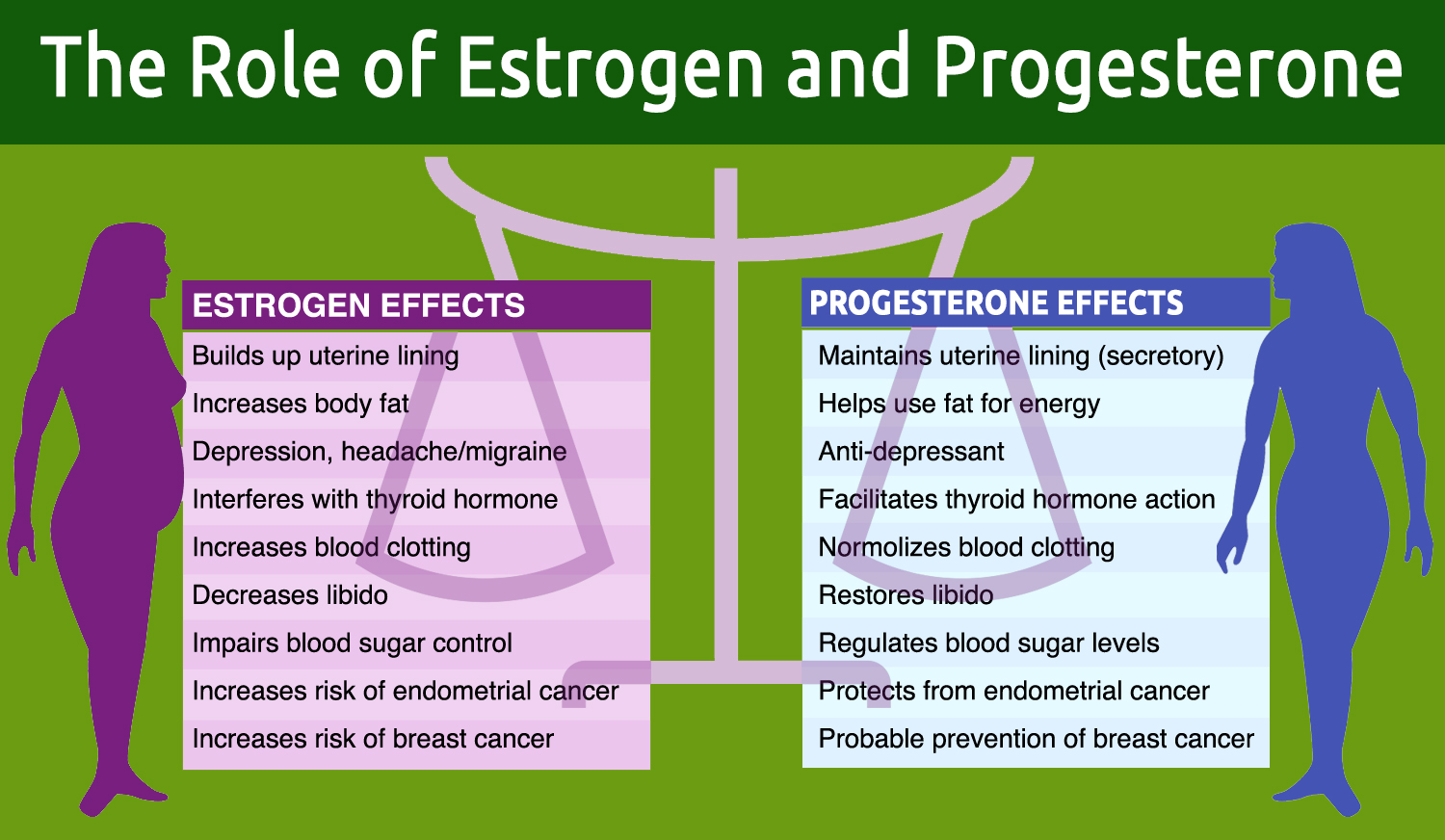Hormone Replacement Therapy Explained
Hormone replacement therapy is given to some women during menopause when the body stops making the hormones estrogen and progesterone. It is used to treat common symptoms of aging and menopause, such as hot flashes, vaginal dryness, mood swings, and even osteoporosis. Menopause occurs when a woman’s monthly menstrual cycle stops, which causes a drop in hormone levels. Hormone replacement therapy replaces the hormones the body no longer makes and is the most effective treatment for menopause symptoms.
Hormones Included In Hormone Replacement Therapy

Women who take hormone replacement therapy are usually given a combination of estrogen and progesterone; however, women who have had a hysterectomy do not need progesterone, so their doctor may prescribe estrogen-only therapy. Hormone replacement therapy should not last longer than five years. It may begin as soon as a woman begins to experience menopausal symptoms, which usually occurs around the age of fifty-two. According to the National Health Service, menopause ages in women can range from the early forties to the late sixties. There is no way to predict when a woman will go through menopause.
What Are Estrogen And Progesterone?

Estrogen and progesterone are hormones needed to prepare the uterus for menstruation. Their release is triggered by a part of the brain called the hypothalamus. Once a woman hits puberty, she releases an egg each month until she hits menopause. Estrogen and progesterone are also needed to support blood cholesterol control, bone health, and calcium metabolism. Low levels of these hormones are linked to a reduced sex drive, migraine headaches, abnormal uterine bleeding, hot flashes, vaginal dryness, and mood swings. Many women take hormone replacement therapy to mitigate these symptoms.
